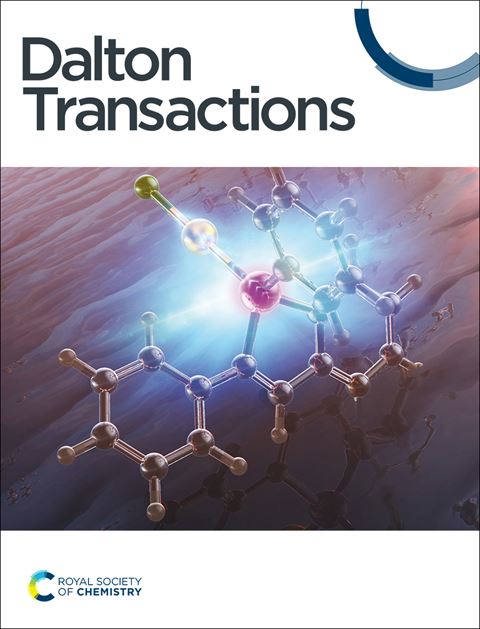A bentonite/ZIF-8 derived ZnO photocatalyst for the effective elimination of a mixture of endocrine disruptors under simulated solar light: estrogenicity mitigation
IF 3.5
3区 化学
Q2 CHEMISTRY, INORGANIC & NUCLEAR
引用次数: 0
Abstract
The hybrid bentonite/ZnO composites based on the metal–organic framework (MOF) ZIF-8 were synthesized by a microwave method using 2-methylimidazole and zinc nitrate, and incorporating natural bentonite (5, 15, and 25 wt%) followed by thermal treatment at 550 °C. The as-prepared materials were characterized for their crystal structure, morphology, composition, surface chemical states, textural and optical properties. The photocatalytic activity of the ZnO/bentonite composites was evaluated in the degradation of a mixture solution of endocrine disruptors (EDCs) (bisphenol A, propylparaben, and 17α-ethinylestradiol, 5 mg L−1 each) at pH = 7 under simulated solar light. The material characterization showed that incorporating bentonite into ZnO increased the specific surface area, facilitated the formation of oxygen vacancies, and decreased the recombination rate of e−/h+ pairs compared to ZnO. The solar photocatalytic activity revealed that bentonite 15 wt%/ZIF-8 derived ZnO composite showed enhanced photocatalytic activity compared to ZIF-8 derived ZnO, allowing the total degradation and 61.26% mineralization of the EDC mixture in 240 min. Furthermore, the effluent showed a decrease in estrogenic activity by the end of the photocatalytic process, with no by-products formed that present estrogenic activity. The bentonite/ZIF-8 derived ZnO composite is proposed as an alternative ZnO-based catalyst that effectively removes the EDC compounds from aqueous media.

求助全文
约1分钟内获得全文
求助全文
来源期刊

Dalton Transactions
化学-无机化学与核化学
CiteScore
6.60
自引率
7.50%
发文量
1832
审稿时长
1.5 months
期刊介绍:
Dalton Transactions is a journal for all areas of inorganic chemistry, which encompasses the organometallic, bioinorganic and materials chemistry of the elements, with applications including synthesis, catalysis, energy conversion/storage, electrical devices and medicine. Dalton Transactions welcomes high-quality, original submissions in all of these areas and more, where the advancement of knowledge in inorganic chemistry is significant.
 求助内容:
求助内容: 应助结果提醒方式:
应助结果提醒方式:


